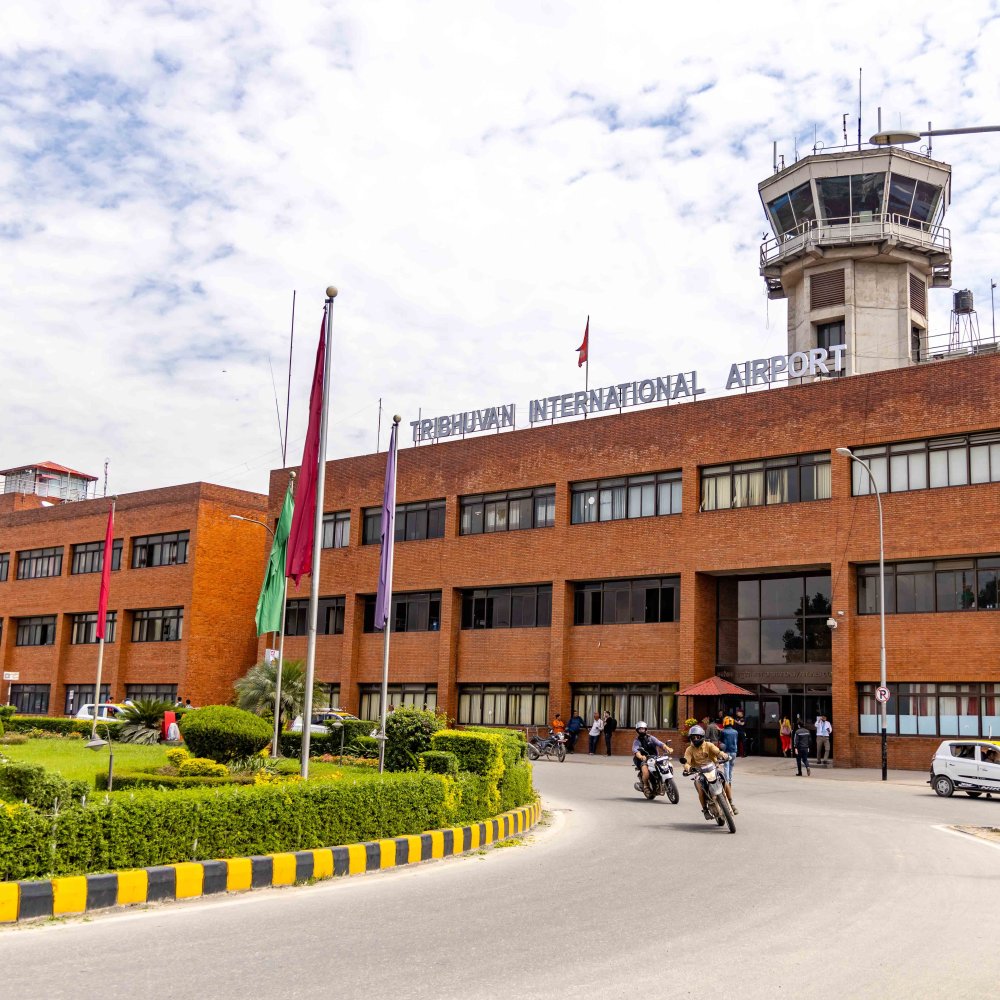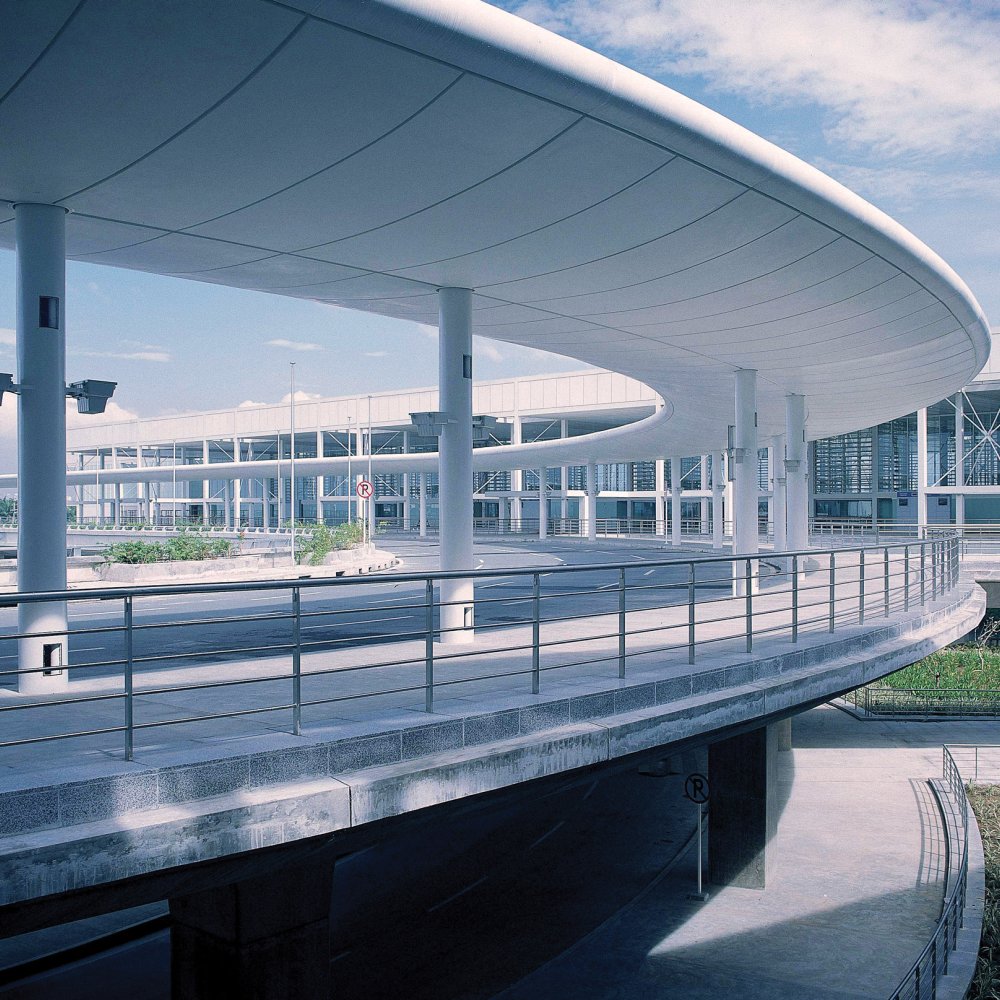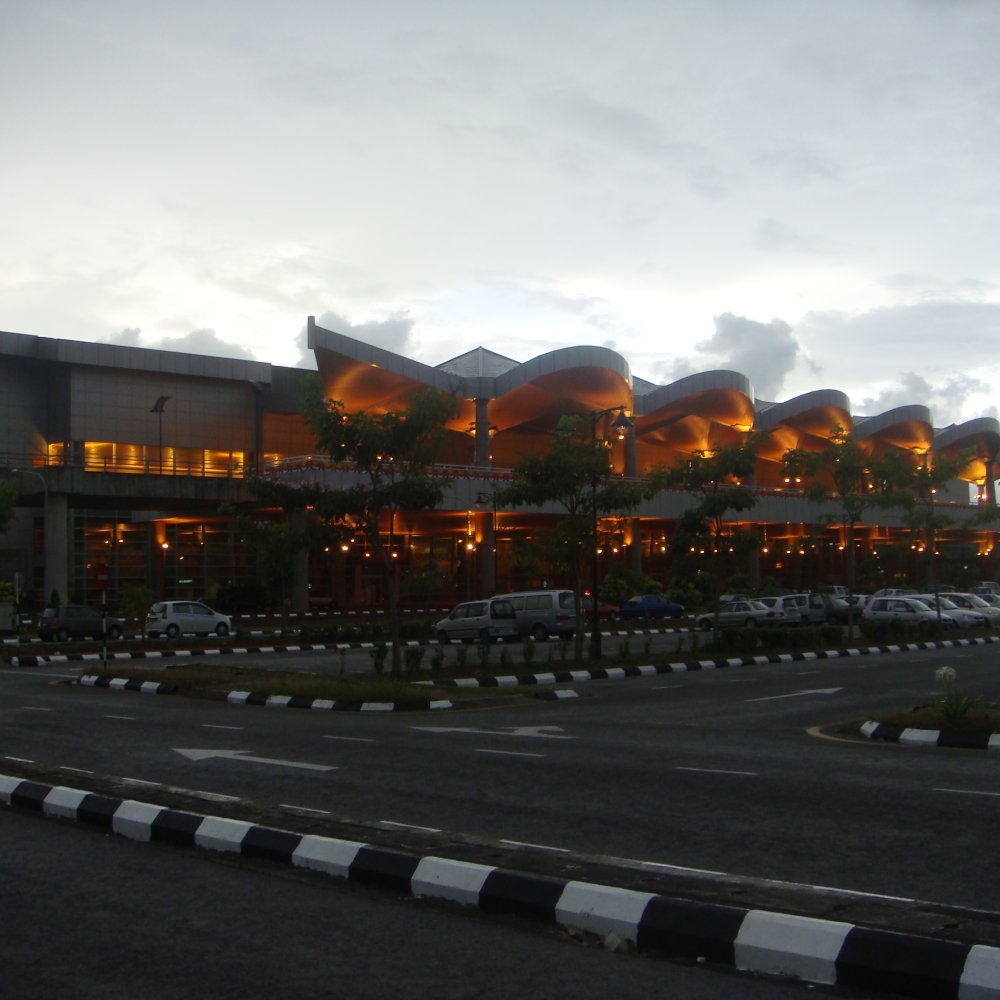Imagine this: an early morning in buzzing Central Hong Kong. The humid air carries a blend of street food aromas and the distant rumble of traffic. You clutch your boarding pass tightly as your phone buzzes with a last-minute check-in notification. The clock ticks: will you make your flight on time? The city’s pulse is fast, and so is the rhythm you must find to get from vibrant Hong Kong to the sprawling, modern marvel of Hong Kong International Airport, HK. Planning your airport transfer isn’t just about logistics - it’s about syncing your pace with the city’s heartbeat.

Why Plan Your Airport Transfer?
Whether it’s your first trip or a seasoned return, figuring out how to get to Hong Kong Intl Airport, HK requires thought. The airport lies on Lantau Island, connected to the urban sprawl by multiple transport veins. A haphazard choice can mean wasted time, surprise costs, or unexpected stress. Planning ahead ensures you arrive relaxed, with enough margin to breeze through check-in.
When I last landed at Hong Kong Intl Airport, HK, I found the ideal mix of convenience and economy – simply by knowing my options. With countless trains, taxis, buses, and rideshares, the trick lies in matching your exact schedule, budget, and luggage needs to the right mode. Do you prioritise speed? Or cost-effectiveness? Are you travelling during peak hours or the middle of the night? Investing time in this little pre-trip ritual saves significant hassle later.
Bearing in mind the international traveller’s quirks - heavy luggage, jet lag, and how familiar you are with Hong Kong’s transit jargon - your transfer plan sets your holiday or business trip’s tone. The city’s pulse races fast; matching its beat takes preparation.
Price & Time Grid: Your Options at a Glance
| Mode | Single Fare (HKD) | Return Fare (HKD) | Journey Time (mins) | First Service | Last Service | Night Surcharge |
|---|---|---|---|---|---|---|
| Taxi | ~HKD 350–450 | NA | 30–45 | 24/7 | 24/7 | Yes (Midnight–5AM) |
| Rideshare (Uber/Grab) | ~HKD 320–420 | NA | 30–50 | 24/7 | 24/7 | Occasional Dynamic Pricing |
| Rail (Airport Express) | HKD 115 (City to Airport) | HKD 205 | 24 | 05:54 | 00:48 | No |
| Express Bus (A-route) | HKD 48–65 | ~HKD 90–130 | 40–60 | 05:00 | 00:30 | No |
| Local Bus | HKD 10–20 | NA | 60–90 | 05:30 | 23:00 | No |
The taxi and rideshare options prove quickest but are costlier and susceptible to peak traffic. For guaranteed speed and reliability, the Airport Express train is unbeatable, with spacious carriages and free shuttle links to terminals. Express buses offer a good balance of price and ease if you’re not in a rush. Local buses save money but are slower and less direct – perfect only for those with time to spare and minimal luggage. Consider the night surcharge on taxis and rideshares if flying very early or late.
Step-by-Step Guide for Each Mode
Taxi
- Find a licensed taxi stand at your hotel or busy streets in Central or Tsim Sha Tsui.
- Inform the driver you need to go to Hong Kong International Airport, HK.
- Ensure the meter is running; expect to pay between HKD 350–450 depending on traffic.
- Confirm if there’s a night surcharge if travelling between midnight and 5 AM.
- Upon arrival, tip is optional but small cash rounding up is appreciated.
Rideshare
- Open your Uber or Grab app and set the destination as Hong Kong International Airport, HK.
- Choose the car type that fits your luggage and budget.
- Confirm the pickup point, often hotel lobby or designated rideshare zones.
- Check estimated fare; watch for price surges during rush hours or bad weather.
- Meet the driver promptly and load your bags carefully.
Rail
- Proceed to any MTR station on Hong Kong Island, Kowloon, or the New Territories offering Airport Express access.
- Purchase a single or return fare for HKD 115–205 at a ticket counter or machine.
- Board the Airport Express train, which runs every 10–12 mins during peak.
- Enjoy the 24-minute smooth ride directly to the airport station.
- Use free shuttle buses linking the station platforms to Terminal 1 and 2.
Bus
- Locate the A-route express buses (like A11, A21) at bus terminals in Central or Kowloon.
- Purchase an Octopus card or pay exact fare in cash; no change given on buses.
- Board the bus, stow your luggage in the designated compartments.
- Enjoy a scenic 40–60-minute ride, depending on route and traffic.
- Disembark at the airport bus stop corresponding to your terminal.
Returning a Rental Car
- Fill up the fuel tank at a nearby petrol station before heading to airport return.
- Follow the clearly marked signs to Rental Car Return on the airport perimeter roads.
- Park in the designated area and complete any required paperwork with the rental staff.
- If returning after hours, use the drop-box for keys and parking tickets.
- Request the shuttle service to Departures if your rental lot is remote.
- Keep all documents until you receive a final receipt or email confirmation (Hertz, March 2025).
Hong Kong Intl Airport - Recommended Companies
Money-Saving Hacks
- Use an Octopus card for discounted rail and bus trips to Hong Kong Intl Airport, HK.
- Combine Airport Express tickets with other tourist passes for bundle savings.
- Avoid taxi surge pricing by travelling outside peak rush hours when possible.
- Book rideshares in advance when the app offers fixed pricing discounts.
- If staying close by, hop on local buses rather than express services for a budget ride.
Peak-Hour vs Off-Peak Travel Times
Hong Kong’s mornings and evenings around 7–9 AM and 5–7 PM make the city’s roads congested, especially on key routes to Lantau Island. Expect taxis and rideshares to queue, adding up to 20–30 minutes extra to journey times. Train schedules remain largely unchanged but stations can get crowded, impacting boarding comfortably.
Off-peak hours, typically late morning to mid-afternoon and late evenings, offer a more relaxed transit experience. With less road traffic and more frequent train departures, you can shave minutes off your total airport commute. If flexibility allows, the off-peak window is golden for travellers prioritising timely arrivals without spending extra on taxis.

Accessibility & Luggage Factors
Hong Kong International Airport, HK, is well-equipped for travellers with mobility needs and bulky luggage. The Airport Express trains provide spacious carriages with priority seating and elevators, ensuring ease of movement. Shuttle buses between the Airport Express station and terminals are wheelchair accessible and monitored by staff.
Taxis and rideshares can accommodate larger groups but it’s best to book a vehicle suitable for your luggage count in advance. Bus services may require folding strollers or suitcases to fit in overhead racks, so check restrictions ahead. The city’s transit staff are generally helpful, and signage is clear in multiple languages, aiding confident navigation with oversized or multiple bags.
Carbon-Smart Alternatives
Conscious travellers might consider shared shuttle services, which pool airport passengers to reduce vehicle emissions and costs. Companies offer booking platforms to coordinate timely pickups from city hotels. If you prefer blending cycling with transit, several park-and-ride points near MTR stations allow you to lock your bike securely before boarding the Airport Express.
Additionally, park-and-ride schemes at peripheral stations help reduce car trips on congested roads, easing your carbon footprint. While Hong Kong isn’t yet a bike-friendly mega-city for direct airport cycles, coupling green modes and public transit remains a smart environmental choice for airport transfers.
Sample 08:00 Flight Timeline
- T-12 h: Confirm flight time, check-in online, and download boarding passes.
- T-4 h: Arrange your airport transfer, book rideshare or buy rail tickets.
- T-2 h: Leave your accommodation; allow extra time for peak traffic.
- T-0: Arrive at Hong Kong International Airport, HK; proceed to check-in and security.
Hidden Pitfalls & Local Quirks
Even with the best planning, some local nuances can catch travellers off guard. Here are the most common:
- Strike days: Public transport or taxi strikes may occur sporadically. Check news updates to avoid last-minute chaos.
- Cash-only buses: Some local buses around the airport require exact fare payment without card facilities.
- Motorway tolls: Taxi fares include toll charges to Lantau Island; ensure your fare estimate accounts for this.
Eight Mistakes Travellers Make
- Not budgeting for night surcharges on taxis and rideshares.
- Assuming all buses accept credit cards instead of cash or Octopus card.
- Failing to allow extra time during peak hours, risking missed flights.
- Ignoring free shuttle options from the Airport Express station to terminals.
- Overpacking and struggling with luggage on local buses or crowded trains.
- Booking rideshares without confirming pickup locations in busy city areas.
- Returning rental cars without topping up fuel or knowing after-hours procedures.
- Not checking for transport strikes or scheduled maintenance disruptions.
Frequently Asked Questions
Q: What is the fastest way to get to Hong Kong Intl Airport, HK from Central?
A: The Airport Express train is the fastest and most reliable, taking about 24 minutes direct to the airport with minimal delays.
Q: Are taxis expensive to Hong Kong Intl Airport, HK?
A: Taxis typically cost between HKD 350–450 from Central, including toll fees and potential night surcharges.
Q: Can I use my Octopus card on buses and trains to the airport?
A: Yes, the Octopus card is widely accepted on the MTR Airport Express and most bus services; just ensure you tap on and off.
Q: What should I do if I’m returning a rental car at Hong Kong Intl Airport, HK after hours?
A: Use the key drop-box at the rental return area and take the shuttle bus to the terminal; retain your rental paperwork for verification.
Call to Action
Planning your transfer with confidence makes all the difference when heading to Hong Kong International Airport, HK. Share your experiences, tips, or questions in the comments below - travellers help each other thrive. Don’t forget to subscribe for the latest guides and exclusive transport offers to make your next trip seamless.






